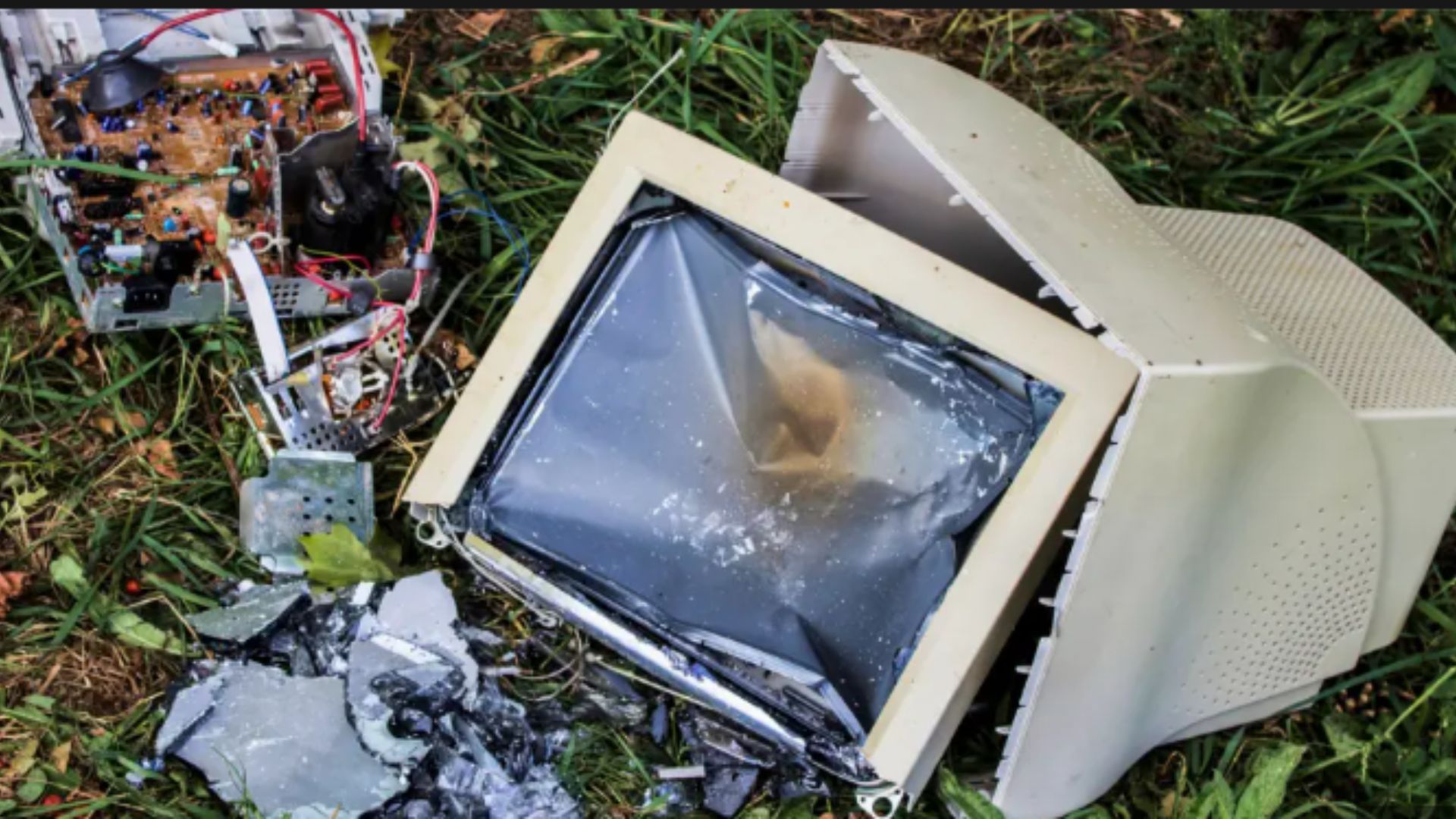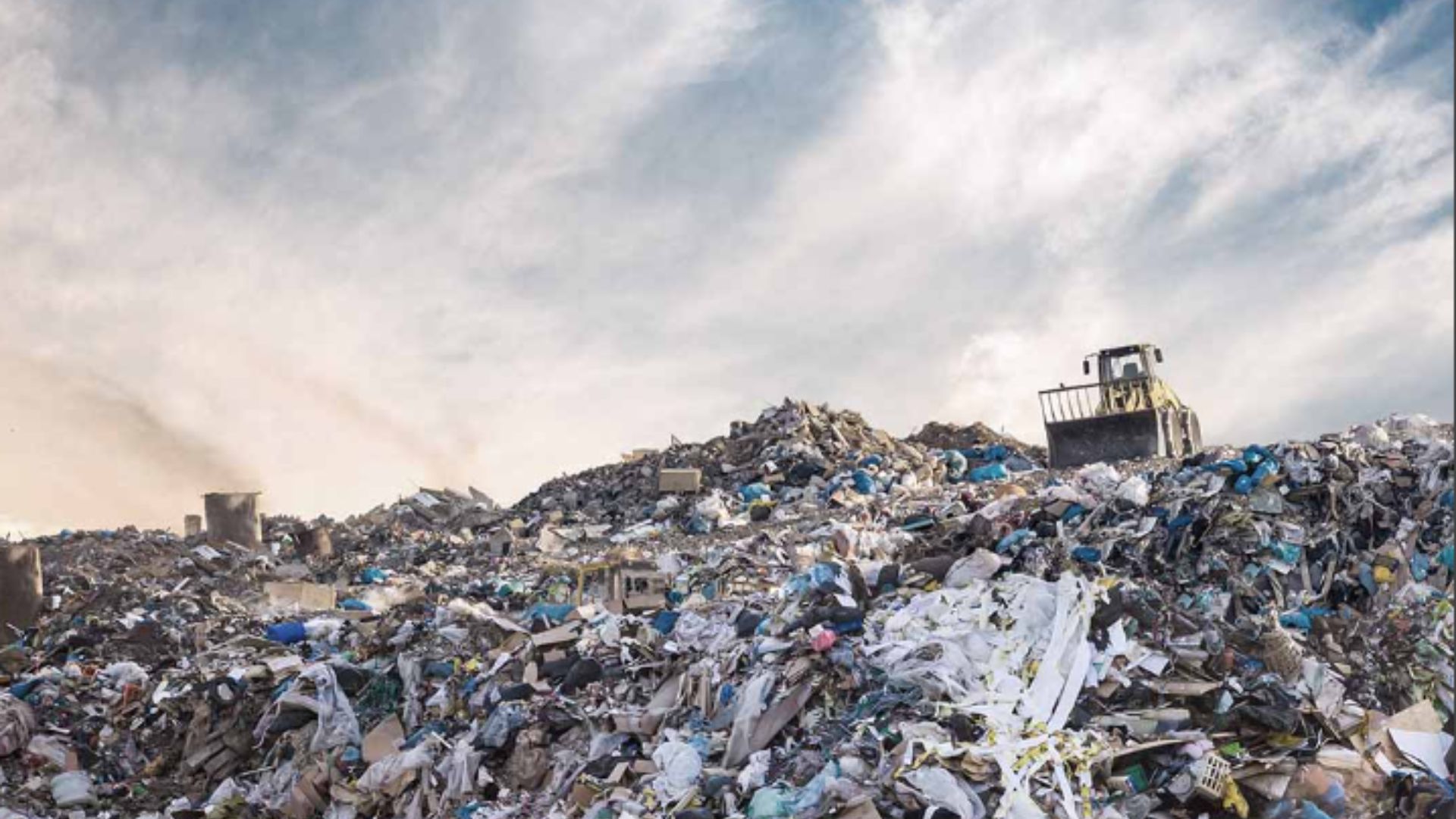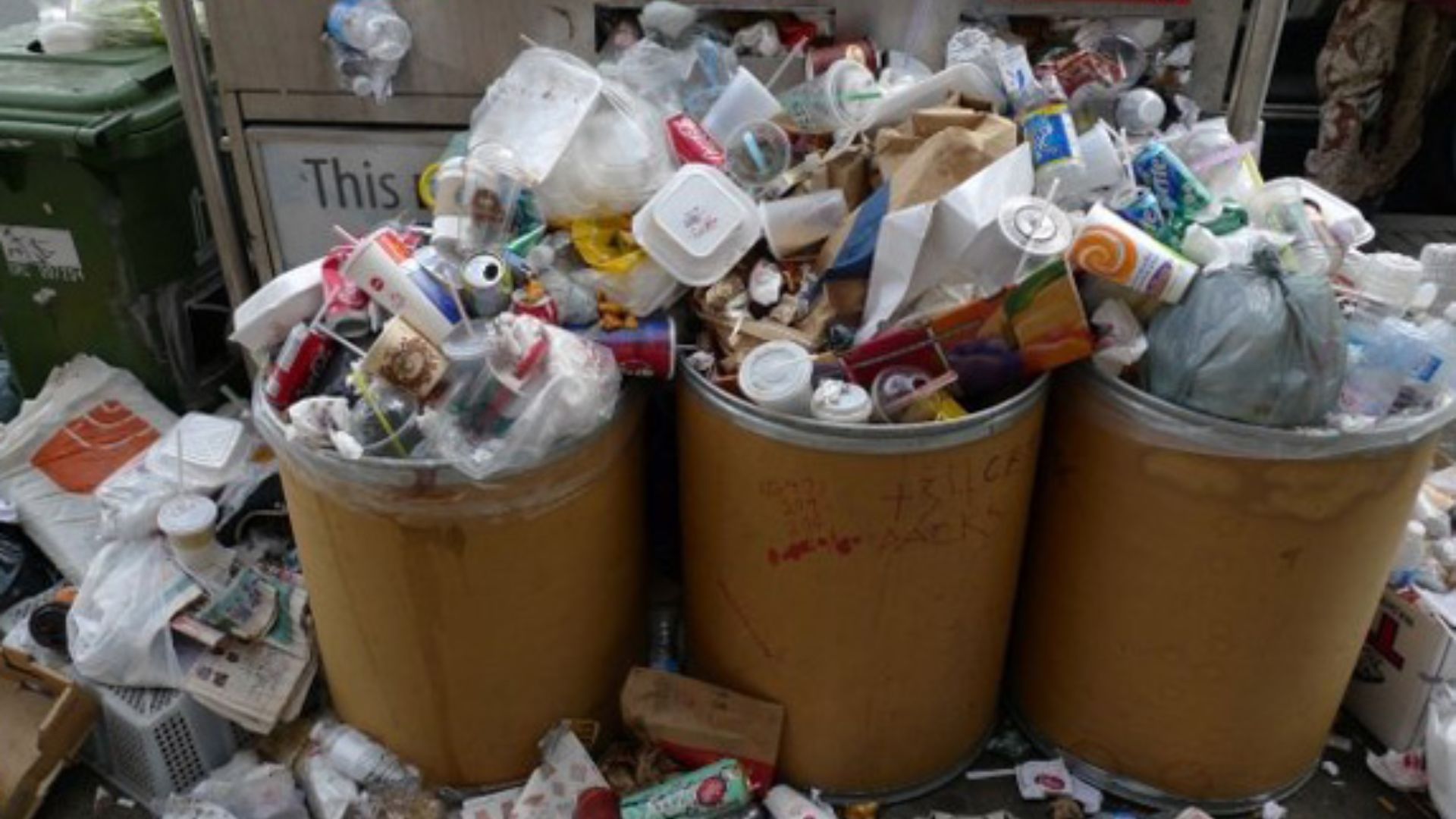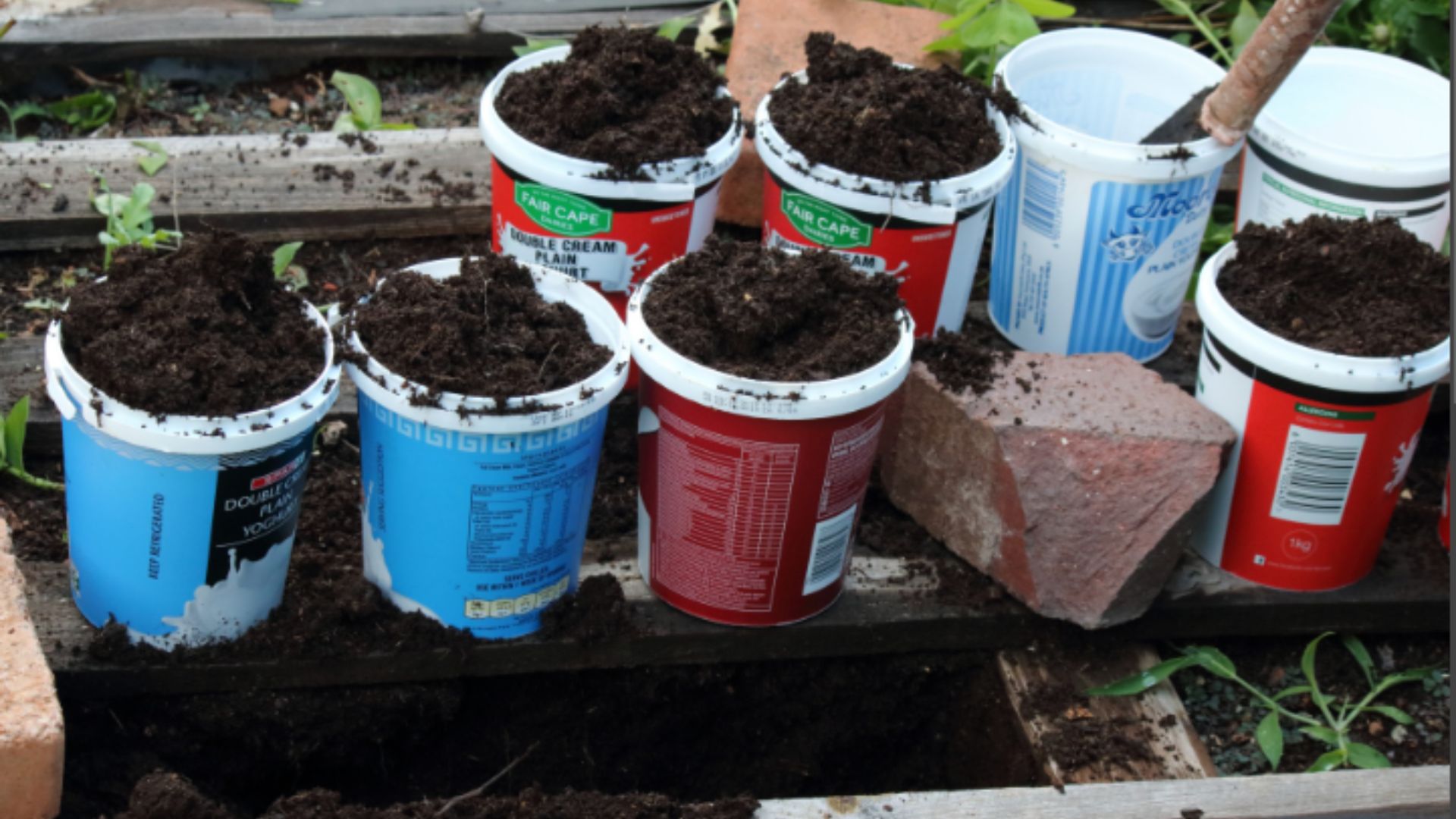We all generate waste – from food scraps and used packaging to old clothes and broken electronics. But beyond the overflowing bin bags and overflowing landfills lies a hidden cost: the impact our waste has on both the environment and the economy. This blog post looks into the true cost of waste, exploring its far-reaching consequences for our planet and our wallets.
Pollution, Resource Depletion, and Climate Change
The environmental cost of refuse is undeniable. Landfills are overflowing, leading to soil and groundwater contamination as harmful materials leach from improperly disposed waste. Incineration, another waste disposal method, releases harmful pollutants into the air, contributing to respiratory problems and climate change.
Waste also strains natural resources. Manufacturing new products often relies on extracting virgin materials like wood, metals, and plastics. Recycling existing materials through proper refuse management practices helps conserve these resources and reduce the environmental footprint of production. Additionally, organic waste that ends up in landfills generates methane, a potent greenhouse gas that contributes to climate change.

Economic Burden
The hidden costs of refuse extend to the economy as well. Managing overflowing landfills is expensive, requiring ongoing maintenance and expansion. This burden falls on taxpayers, diverting resources from other essential services. Furthermore, valuable materials end up buried in landfills instead of being recycled and reintroduced into the production cycle. This lost resource potential translates to higher costs for raw materials and ultimately, higher prices for consumers.
Waste also impacts tourism and recreation. Polluted beaches, littered landscapes, and overflowing landfills are unattractive to tourists, leading to lost revenue for communities that rely on tourism. The economic cost of refuse is far-reaching, impacting everything from public services to manufacturing and tourism.
Exploring Sustainable Solutions
The good news is that there are solutions to tackle the hidden costs of refuse. Implementing the principles of Reduce, Reuse, and Recycle (RRR) is a crucial step. Reducing our consumption in the first place is the most effective way to minimize garbage generation. Reusing items whenever possible extends their lifespan and keeps them out of landfills. Finally, efficient recycling programs allow valuable materials to be recovered and used in new products, creating a circular economy.
Investing in innovative garbage management solutions like composting organic refuse and developing efficient recycling technologies can further reduce the environmental and economic burden. By promoting sustainable practices and supporting circular economy initiatives, we can create a future where garbage is minimized and its hidden costs are a thing of the past.
Conclusion
The hidden costs of refuse are a wake-up call. Our current waste management practices are harming our environment and draining our economies. The responsibility to address this issue lies with all of us – individuals, businesses, and policymakers. By making conscious choices, supporting sustainable practices, and advocating for change, we can build a more sustainable future. One where refuse is minimized and its true costs are no longer hidden.



